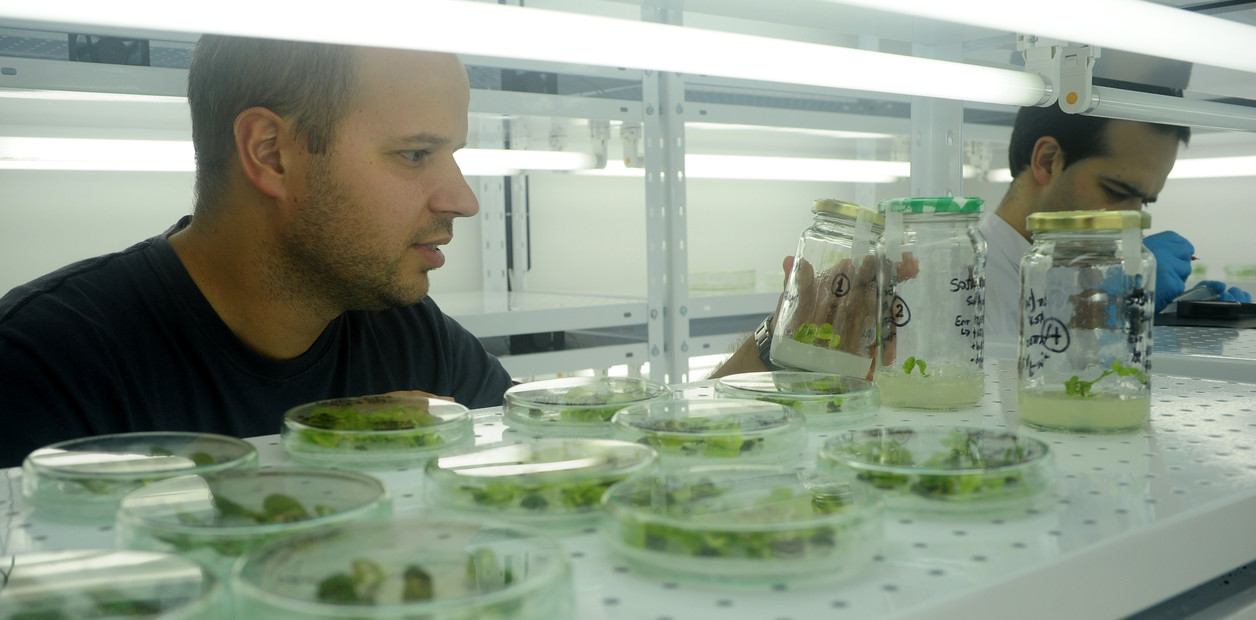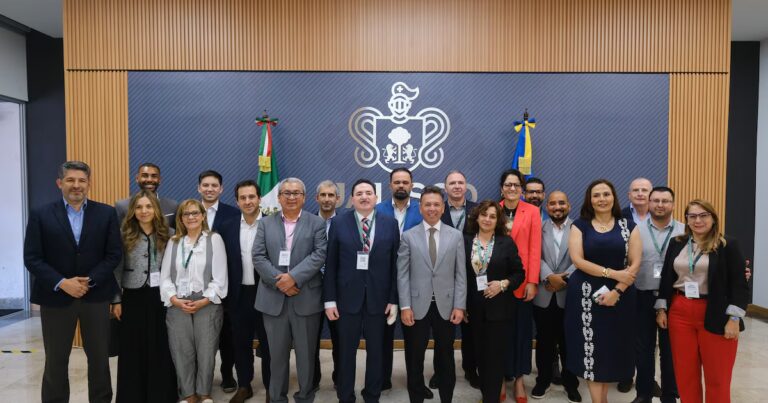
by Rachel Chan Chief Researcher Coniset
Throughout our lives, scientists are like children who ask, “Why?” And why? Over and over again until the elders get tired. What differs from eternal children is that there is no adult to respond to them. On the other hand, there are many predecessors who have provided knowledge that allows us to formulate, test, and confirm or refute hypotheses. And if you’re lucky, you can add new sands to your knowledge. So when you open Google Scholar, Our motto is “On the shoulders of giants”. Knowledge is often based on other knowledge that was considered ‘useless’, but is then given other knowledge that is considered ‘useful’. A clear example is when Newton states the law of gravity after seeing an apple fall on his head (“useless”), which allows airplanes to overcome gravity and fly (“useful”).
Science is very broad and covers many fields. According to the Royal Spanish Academy, it is a body of knowledge obtained through observation and inference, systematically structured, from which predictive power and experimentally testable general principles and laws are derived. It sounds complicated, but somehow that body of knowledge is continuously present in our daily lives.
Examples include cell phones, televisions, medicines, vaccines, biochemical analysis, cars, airplanes, buses, food, drinking water that comes out when you turn on the faucet, and the list goes on and on. All these “inventions” did not exist in nature. Their development required mathematical, physical, chemical, biological, social, and other knowledge. Without them, we would be like our ancestors living in caves, with an average lifespan of 30 years.
Let’s go to our daily meal. Washing and cooking them prevents infection and disease from microorganisms that are present everywhere. Today we know what they are made of, which have good effects and why they are bad, which should be eaten in moderation and which should be avoided in certain situations. All this knowledge requires science, we need to know the composition of each food, how our body digests them, which elements cannot be synthesized, and much more.
We continue to talk about food, and by 2050 the world’s population is estimated to be 9 billion. Life expectancy continues to increase, creating problems that have been solved by nature and war. More and more people are consuming energy because they want to eat. The earth’s arable area is limited, and even more worryingly, the amount of water suitable for cultivation is also limited. In this scenariowe must produce more food and avoid wars breaking out over them.
Four crops provide most of the food for humans and other animals: corn, soybeans, wheat, and rice. Despite the frequency of catastrophic events, water is scarce and not in excess. This is the main reason why 50% of global production is lost. This problem is of paramount importance in agricultural production, as climate change-related phenomena that are difficult to control and combine drought with extreme temperatures occur more frequently.
Why water? There is no creature that cannot live without it.ay accounts for 70 to 80% of an organism’s mass. Plants cannot escape the general provisions of the law and require water to grow, reproduce, and set fruit and seeds. It is natural and we cannot change it because we are essentially made up of water.
It’s true that some plants tolerate water shortages better or for longer periods of time than others. An extreme example is a cactus that lives in the desert. Can they survive without water? The answer is no. What you have accumulated is not lost, you just barely sweat. The problem is, they can’t be eaten either. Therefore, we need to turn to plants that can be eaten, and within that world, plants that can tolerate lack of water well or for long periods of time.
So scientists are back on the scene, looking for ways to obtain crops that don’t require water and use them more efficiently than current crops. We have to study why they do such things and why they can survive longer to give that “gift” to those who don’t have it. This is how the sunflower gene HB4 was born (fairly hardy plants) introduced into corn, wheat, and soybeans to increase drought tolerance. This was carried out in a laboratory of the public science system and was funded by CONICET. However, this was not enough to produce crops that were resistant to drought and high temperatures. Laboratory developments had to be introduced into open field systems We then demonstrate that the technology was maintained in a variety of environments, which are a combination of soil, climate, and rainfall conditions.
we couldn’t do it alonewe did not have the necessary means or the necessary knowledge to bring our development to market. We are institutionally affiliated with Bioceres, an early stage growth company. While this partnership was meaningful, it was not simple. It required agreements, lawyers, and most of all, learning to speak the language. common language. Yes, we all speak Spanish, but we think and speak differently because our motivations are different. It took a while, not just one day or five days, but we did it. HB4 wheat is marketed and Bioceres is listed on the New York Stock Exchange. Yes, we have overcome a thousand hardships and will continue to overcome them. But we are also committed to doing the best science possible and translating the results into products that solve existing problems and improve people’s lives.
Is it enough? Has the problem of feeding the world’s population already been solved? Indeed, NO. More science and research is needed to improve crops to reduce crop losses when droughts come. We hope to continue working as long as we are allowed and continue to be a positive presence in society. Having unique knowledge, prepared people and innovative companies gives us sovereignty.



